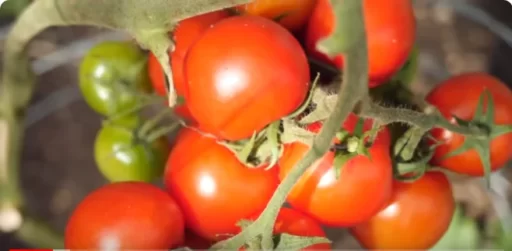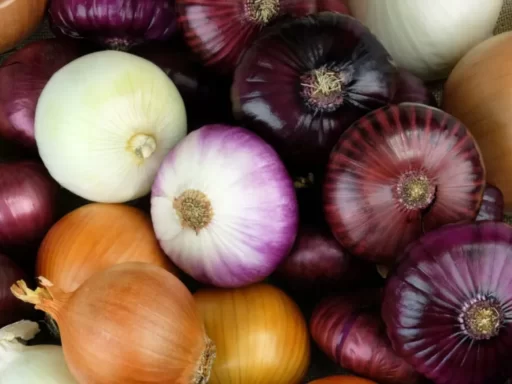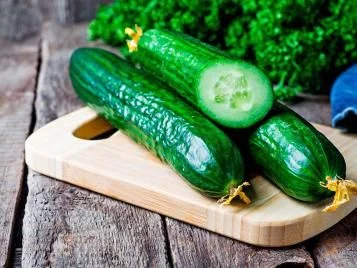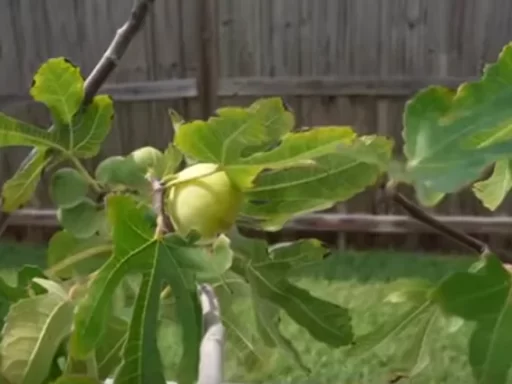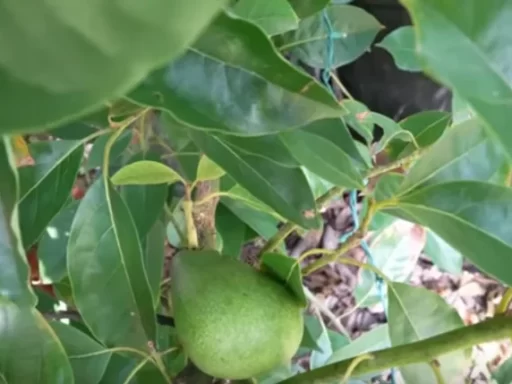Growing tomatoes in the hot, humid, and often wet conditions of the Southeastern coast of North Carolina can be incredibly challenging. However, with careful planning and the right techniques, you can achieve a successful, disease-free, and split-resistant tomato garden. This guide will walk you through some of the best methods to protect your tomato plants from pests, diseases, and the harsh weather conditions common to this region.
The Unique Challenges of Growing Tomatoes in the Coastal Southeast
The coastal Southeast is arguably one of the most difficult places in the United States to grow tomatoes due to several factors. While tomato cultivation presents challenges across the country, three primary issues in this region make it especially tough:
- Pest Problems: Insect pests are rampant in the Southeast. However, pests can be managed with vigilance and preventive measures such as using organic insecticides, natural predators, and regular plant inspections. While pests are problematic, they aren’t the focus of this guide.
- Severe Disease Pressure: The intense humidity and frequent rains starting in late spring bring devastating fungal and bacterial diseases. Rain causes soil-borne diseases to splash onto the leaves of tomato plants, and even if you mulch and use weed barriers, airborne diseases can still spread quickly. By July, many tomato plants in the area begin to die due to the relentless disease pressure.
- Torrential Rains Causing Fruit Splitting: The most unique challenge to growing tomatoes in the Southeast is fruit splitting. While other regions dry out during the summer, the coastal Southeast experiences heavy rainfall, which causes the ripening fruit to burst. Even if your plants survive pests and diseases, the rains can ruin your hard-earned harvest just as your tomatoes are about to ripen.
How to Prevent Disease and Splitting in Tomato Plants
Step 1: Using a Hoop House Structure
One of the best ways to protect your tomato plants from excessive rain and diseases is to grow them under cover. While commercial growers use high tunnels and greenhouses to shelter their crops, these options are not always feasible for backyard gardeners due to space, cost, or homeowner association (HOA) restrictions. However, you can create a simple structure using t-posts, rebar, and half-inch electrical conduit.
This DIY hoop house design can shield your tomato plants from rain and harsh sunlight while allowing sufficient airflow to prevent fungal diseases. Here’s how you can build it:
- Set up t-posts and rebar to create a sturdy frame.
- Use half-inch electrical conduit to form arches, creating a hoop house.
- Cover the structure with plastic sheeting or shade cloth to control the environment inside.
This structure is inexpensive, easy to assemble, and can fit into most backyards without violating HOA rules. The primary goal is to keep rain off your tomato plants, reducing the risk of soil-borne diseases and fruit splitting.
Step 2: Planting in Straw Bales
To address soil-borne diseases and prevent issues like root rot and nematodes, consider planting your tomatoes in straw bales instead of soil. Straw bale gardening allows you to avoid contaminated soil and provides an ideal growing environment for indeterminate tomatoes.
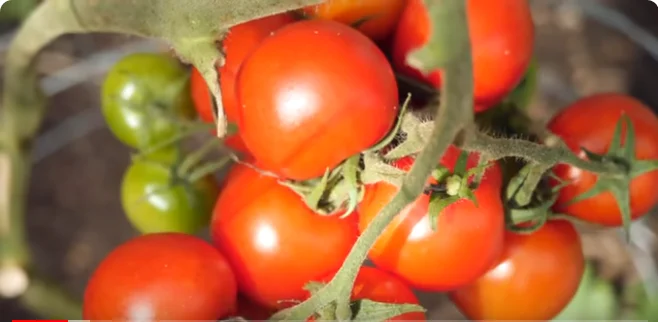
Here’s how to set up a straw bale garden:
- Purchase straw bales from a reliable local source. Ensure they are free from herbicides that could harm your plants.
- Line up the bales to match the length of your hoop house structure.
- Season the straw bales by adding fertilizer and water, allowing them to decompose slightly before planting.
- Plant your tomatoes directly into the conditioned straw bales.
Straw bales also provide excellent drainage, preventing waterlogging during heavy rains. This method helps mitigate the risk of soil-borne diseases and gives your plants a fighting chance even in the wettest conditions.
Benefits of a Hoop House and Straw Bale Gardening
By combining a hoop house structure with straw bale gardening, you can address all three primary challenges of growing tomatoes in the coastal Southeast:
- Protection from Pests: The covered structure deters pests while allowing for regular monitoring.
- Disease Prevention: Keeping the plants dry prevents fungal and bacterial diseases from taking hold. The open-air design ensures good airflow, reducing humidity levels around the plants.
- Split-Free Tomatoes: By controlling how much water the plants receive through drip irrigation and keeping them sheltered from heavy rains, you can prevent the dreaded fruit splitting.
Additionally, the structure serves a dual purpose. During the hottest months of summer, you can cover the hoop house with shade cloth to protect your plants from excessive sun exposure, further enhancing the health and longevity of your crops.
Additional Tips for a Healthy Tomato Garden
- Mulching: Even with a hoop house, mulching your garden is essential. Mulch helps to retain moisture, prevents weeds, and keeps the soil cool.
- Drip Irrigation: Install a drip irrigation system under the straw bales and containers to ensure consistent, controlled watering. This prevents overwatering and keeps the foliage dry, which is critical in humid climates.
- Companion Planting: Consider planting herbs such as basil or marigolds near your tomatoes. These plants repel pests and can help improve the overall health of your garden.
- Sacrificial Plants: If you’re unsure about the safety of your straw bales or are concerned about herbicide contamination, plant a few sacrificial plants several weeks before your main crops to test the growing conditions.
Frequently Asked Questions
- What is the best way to prevent tomato plants from getting diseases in humid climates?
- The best way is to keep the plants dry by growing them under a hoop house or greenhouse structure. Mulching and ensuring good airflow also help reduce the risk of diseases.
- Can I use any straw bales for straw bale gardening?
- It’s essential to ensure that the straw bales are free from herbicides that could harm your plants. Purchase from a reliable source and confirm that they are safe for gardening.
- How do I prevent my tomato fruit from splitting?
- Splitting occurs when the plants receive too much water. By using drip irrigation and keeping your plants dry with a hoop house structure, you can prevent the fruit from bursting.
- What should I do if my plants develop diseases despite my efforts?
- Remove any affected leaves or plants immediately to prevent the disease from spreading. Consider using organic fungicides as a preventive measure.
- Is straw bale gardening suitable for all types of tomatoes?
- Straw bale gardening works best for indeterminate varieties of tomatoes, which continue to grow and produce fruit throughout the season.
- How often should I water my tomato plants in a straw bale garden?
- Watering frequency depends on the weather and the condition of the straw bales. Using a drip irrigation system ensures your plants receive the right amount of water without getting drenched.
- Can I grow other plants in a straw bale garden besides tomatoes?
- Yes, many plants thrive in straw bales, including peppers, cucumbers, and herbs.

